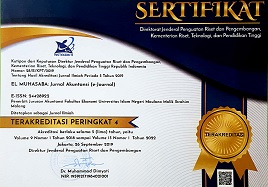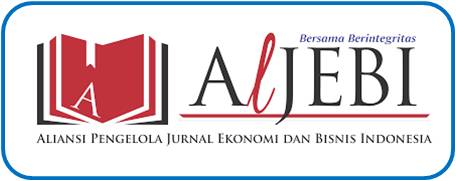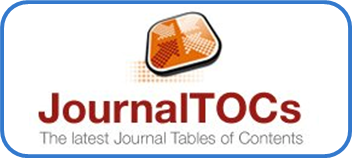POSITIVE ACCOUNTING THEORY (PAT): TELAAH LITERATUR DARI BERBAGAI PERSPEKTIF
Abstract
Watts and Zimmermen are the represents the first developer of Positive Accounting Theory (PAT) which has provided a new direction in the development of accounting research in the mid-1960s. In the 1940s and early 1960s research in accounting is dominated by normative research that more emphasis on what should happen in the world of accounting. This differs from the PAT that put more emphasis on how accounting theory can explain and predict the phenomena occurring in the real world of accounting.
The friction from normative to positive approaches that occur in accounting research, several things happen because of, among others: (1) the inability of the normative approach in testing the theory empirically, (2) normative approach is more focused on investors, and (3) normative approach does not allow the allocation of capital in the stock market. Now days a lot of positive research is dominated by the accounting practices related to decision making for investors. Many researchers who have PAT provides empirical evidence about accounting practices, such as Ball and Brown, Healy, Jensen and Meckling and many other researchers.
In addition to providing new insights in accounting research, PAT proposed by Watts and Zimmermen also getting some criticism from researchers in the environment of accounting, such as Sterling, Christenson and some other researchers associated with the methods, methodologies and the development of the PAT.
Key word: Positive accounting theory, some critical to positive accounting theory
Full Text:
PDFDOI: https://doi.org/10.18860/em.v11i2.5271
Refbacks
- There are currently no refbacks.
Megawati Soekarnoputri Building
Accounting Department, Faculty of Economics
Jln. Gajayana 50 Telp (0341) 558881
E-mail: elmuhasaba@uin-malang.ac.id
Universitas Islam Negeri Maulana Malik Ibrahim Malang
E-ISSN 2442-8922
Member of:
Indexed by:
















